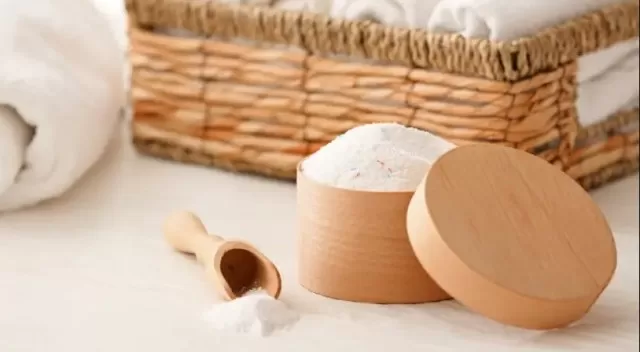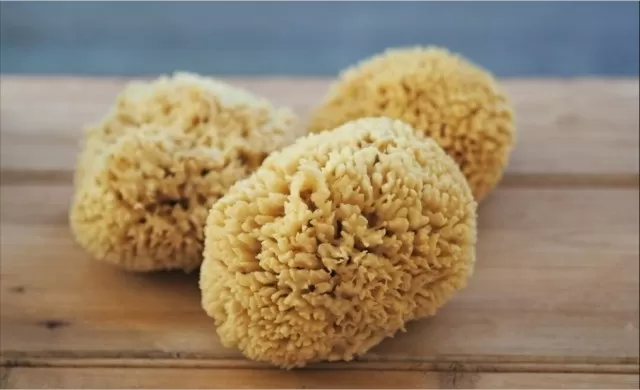As the demand for green cleaning increases, more retailers are offering a wide range of environmentally friendly products.
It’s great to hear that you’re interested in adopting eco-friendly cleaning practices.
As the demand for green cleaning increases, more retailers are offering a wide range of environmentally friendly products. These products not only benefit the environment but also promote safety for households with children, pets, and individuals with sensitive skin or allergies.
cleaning products made from renewable plant-based ingredients are gaining popularity as they provide a sustainable and healthy solution.
They offer a viable alternative to traditional chemical-laden cleaners. According to Brandi Thomas, a spokesperson for the eco-friendly brand Seventh Generation, these plant-based cleaners are not only beneficial for consumers’ homes but also for the broader community and environment.
In addition to using eco-friendly cleaning products, another way to embrace green cleaning is by replacing single-use products and disposable packaging with reusable alternatives.
This approach helps reduce household waste and can be more cost-effective in the green living long run.
If you’re interested in adopting green cleaning practices, you can start by incorporating one or two sustainable swaps into your cleaning routine.
As you gradually introduce more eco-friendly habits, you’ll begin to notice positive changes in your household waste generation, indoor Air Quality, and the overall health of your home.
By taking these simple steps, you’ll experience firsthand how easy and rewarding it can be to make your cleaning routine more environmentally friendly.
Easy Ways to Conduct green living with Cleaning Routine

Replace plastic bottles with glass
Instead of continuously purchasing cleaning products in plastic bottles, make the switch to reusable glass containers.
Many cleaning products are now available in glass spray bottles, some even equipped with silicone covers for added grip and protection. This swap reduces plastic consumption, lowers your household’s carbon footprint, and can be more cost-effective in the long run.
Since you only need to purchase the glass container once, subsequent refills are typically cheaper.
Choose reusable cleaning cloths
Instead of disposing of cleaning cloths after each use, opt for reusable options.
Consider using cloth rags that can be washed and reused rather than relying on paper towels or single-use cleaning wipes. Microfiber cloths are particularly effective for polishing surfaces and capturing dirt and dust.
They also dry quickly. Once you’ve finished wiping down surfaces, simply toss the cloth into the washing machine to clean it for reuse.
This way, you can use the cloth again and again, reducing waste.

Explore homemade cleaning solutions:
Instead of relying on harsh chemical cleaners, consider making your own cleaning solutions using simple ingredients from your kitchen.
Common household items like baking soda, white vinegar, salt, and lemons can be effective for various cleaning tasks. For instance, a mixture of one part distilled white vinegar and one part water can be used to spray and clean your showerhead, helping to dissolve limescale deposits and restore its shine.
Homemade cleaning solutions can be safer, more affordable, and reduce the environmental impact of cleaning products.
Transition to eco-friendly laundry detergent
You don’t need brightly colored or heavily scented laundry detergent to effectively clean your clothes.
Opt for eco-friendly laundry products that are free from artificial fragrances and dyes, as these can often cause skin irritation and allergies. When choosing laundry detergent, check the labels for harmful chemicals like formaldehyde, phosphates, and dioxane, and opt for products that avoid them.
Eco-friendly laundry detergents are designed to be more sustainable and gentle on the environment while still providing excellent cleaning results.

Reuse old toothbrushes
Instead of discarding old toothbrushes, repurpose them for cleaning tasks around the house.
The small size and bristle configuration make toothbrushes ideal for reaching narrow and hard-to-clean areas. Use them to scrub grout lines between tiles, clean around faucets and tub edges, remove dirt from rubber soles of shoes, dust air vents, or tackle small stains on rugs or carpets.
To differentiate them from your regular toothbrush, ensure they are well-labeled or stored separately.
Use natural sponges
Traditional synthetic sponges often end up in landfill after use.
Consider switching to natural sponges made from biodegradable materials like cellulose or cotton fibers. These natural alternatives work just as effectively as conventional sponges but have the added benefit of being compostable.
Once they have reached the end of their lifespan, you can cut them up and add them to your compost, reducing waste and promoting sustainability.

Replace dryer sheets with reusable wool dryer balls
Instead of using disposable dryer sheets, consider using reusable wool dryer balls as an alternative.
Brands like Better Homes & Gardens offer wool dryer balls that can be added to your laundry routine. These balls help reduce wrinkles, capture pet hair and lint, and may even speed up drying time compared to dryer sheets.
While the upfront cost of dryer balls may be higher than that of dryer sheets, a single set of dryer balls can last for multiple years, making them more cost-effective in the long run. To add a pleasant scent to your laundry, you can apply a few drops of essential oil to each dryer ball.
This allows you to enjoy a fresh boost of fragrance without the need for disposable dryer sheets.
*The information is for reference only.